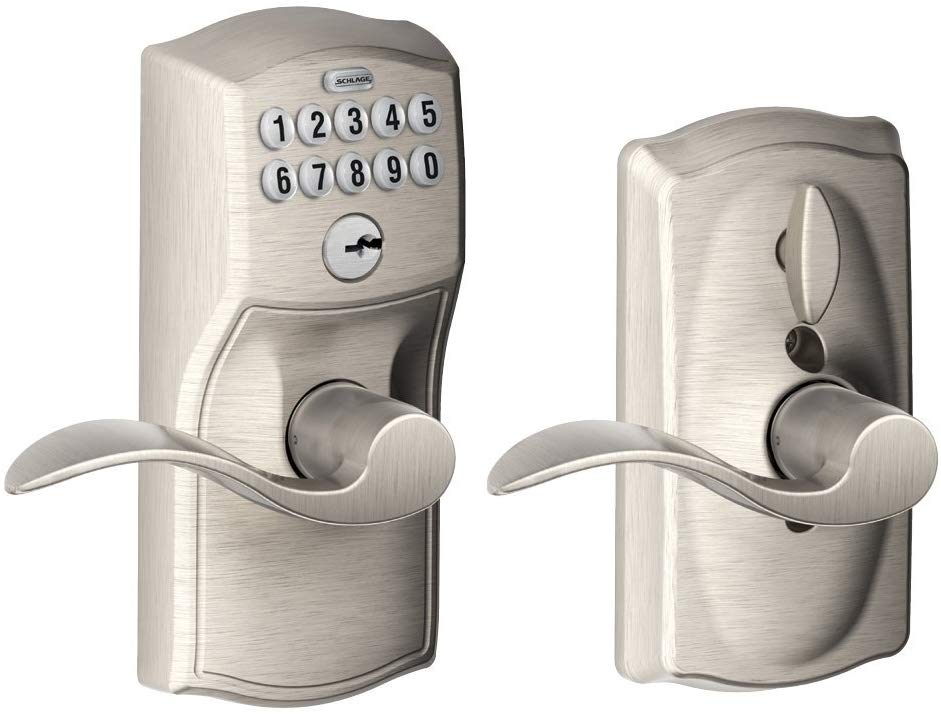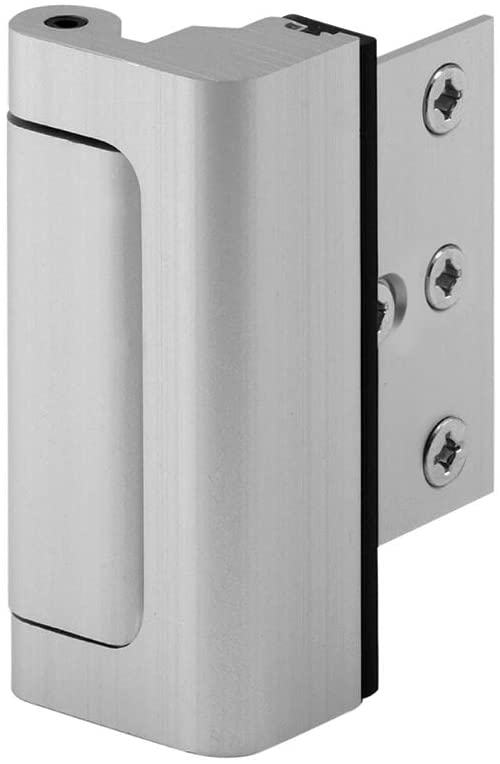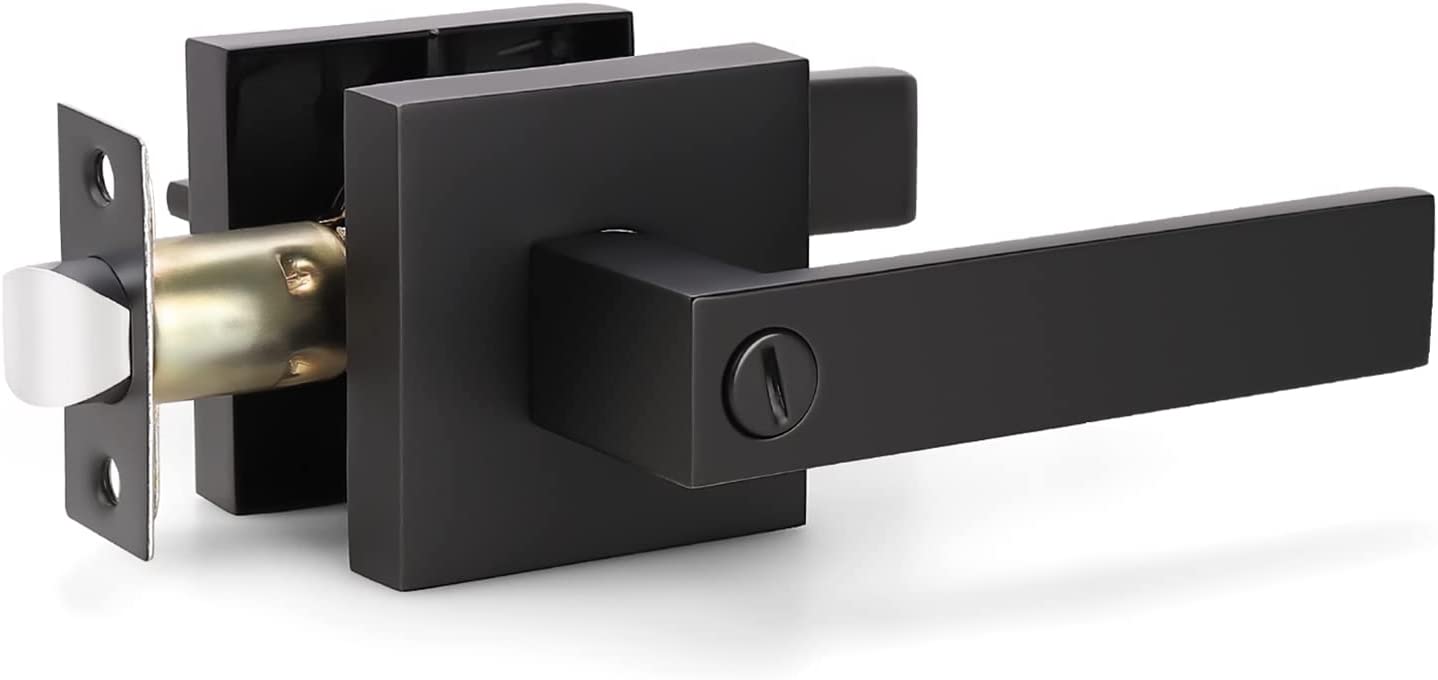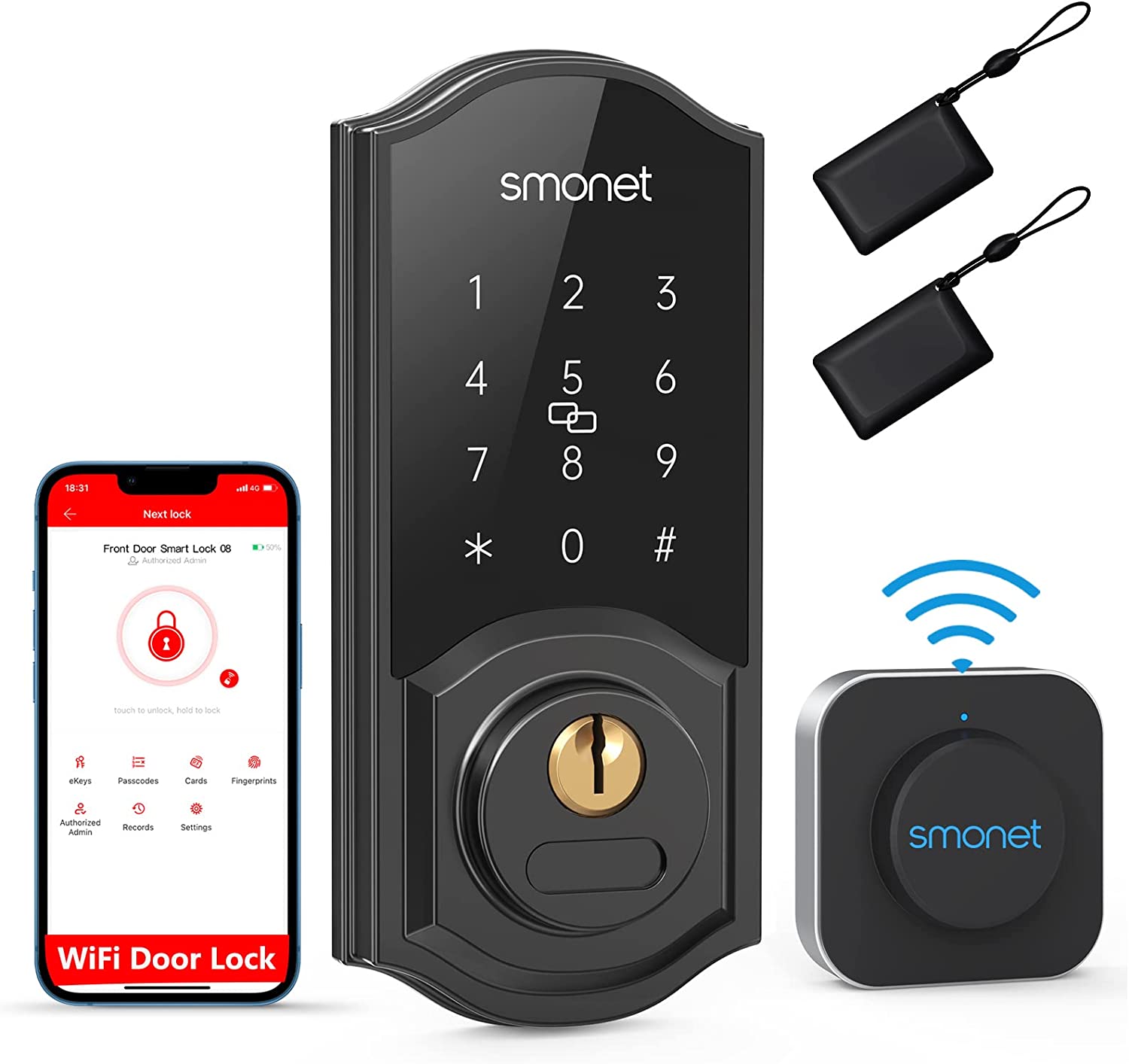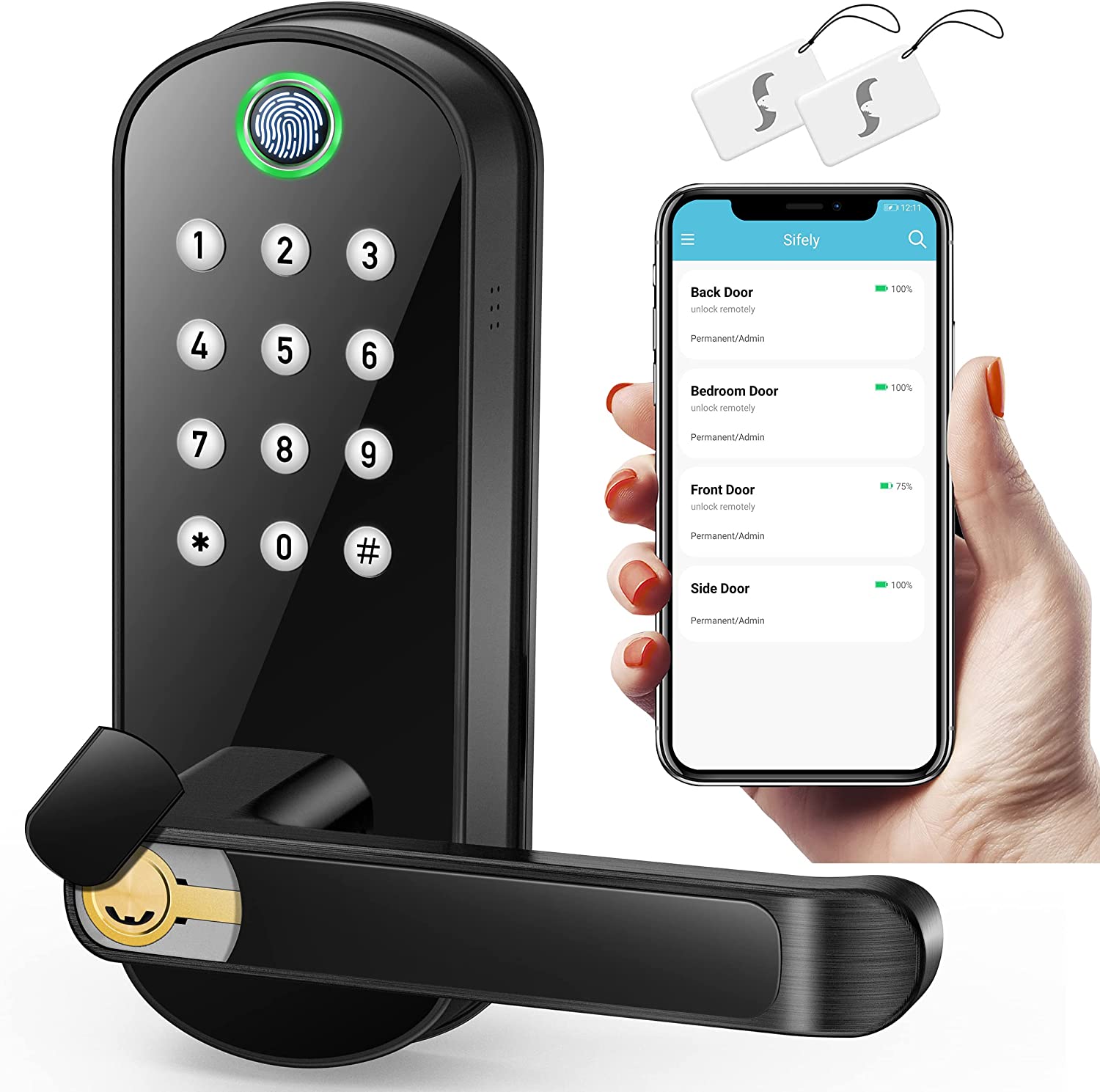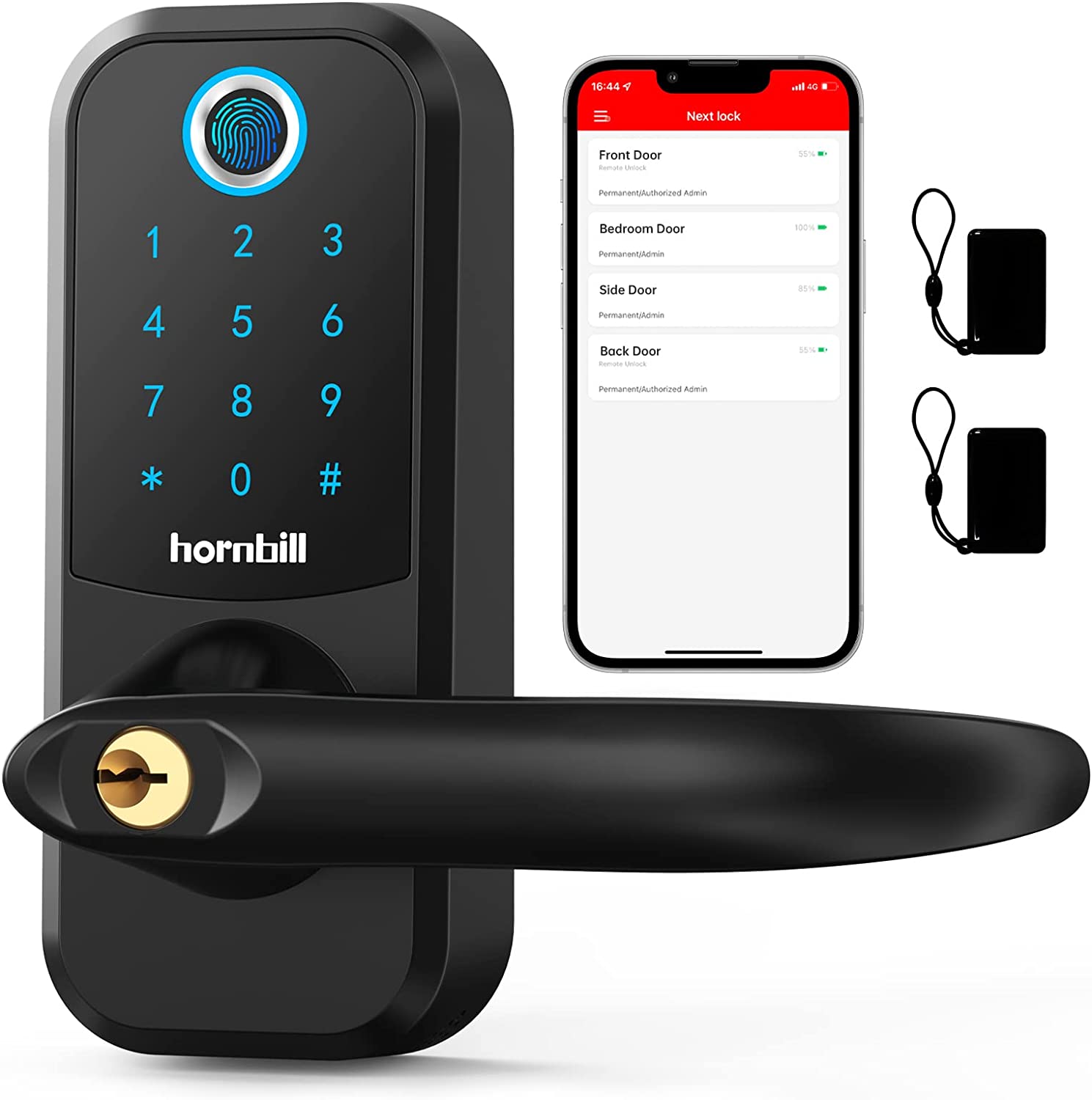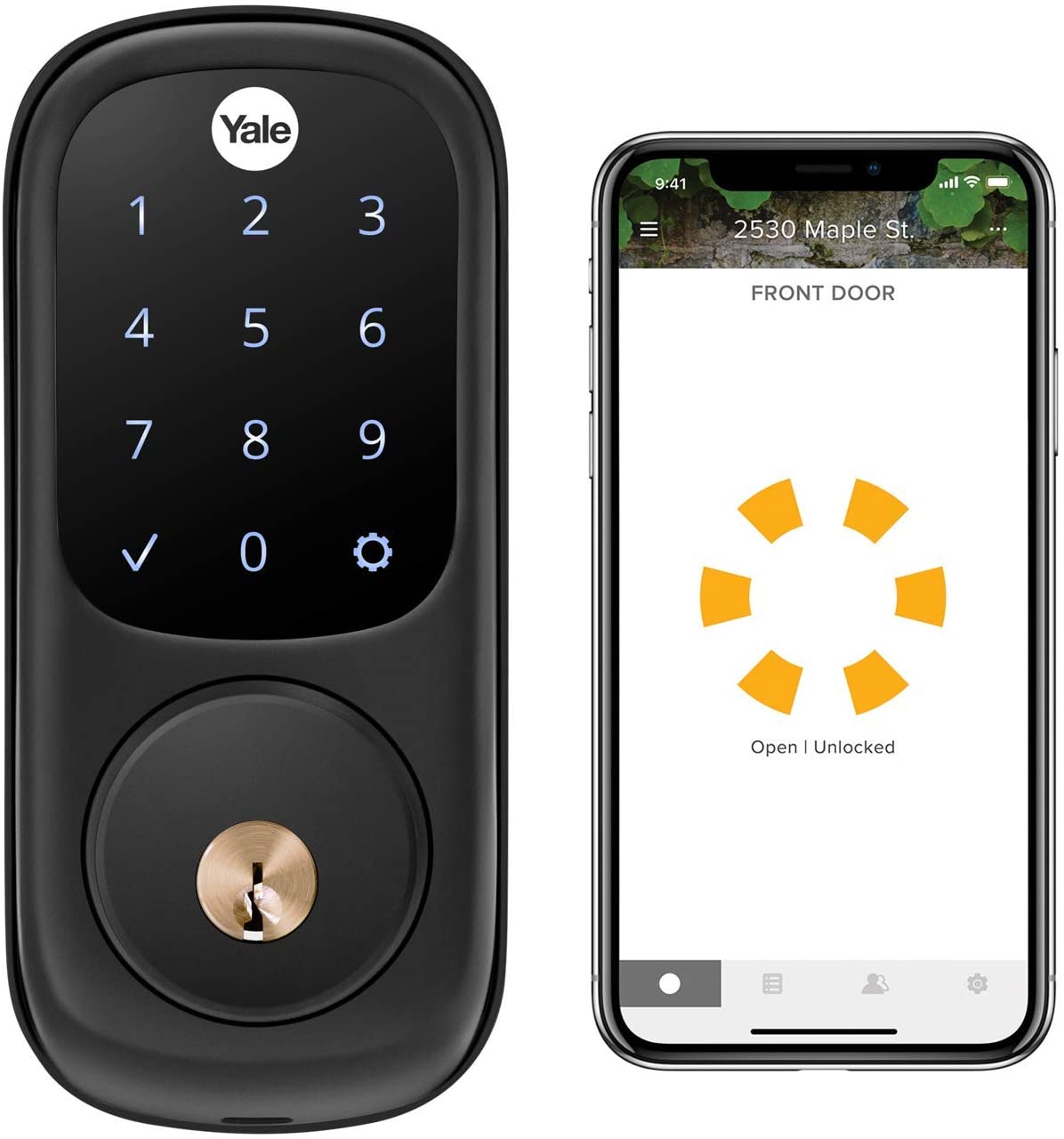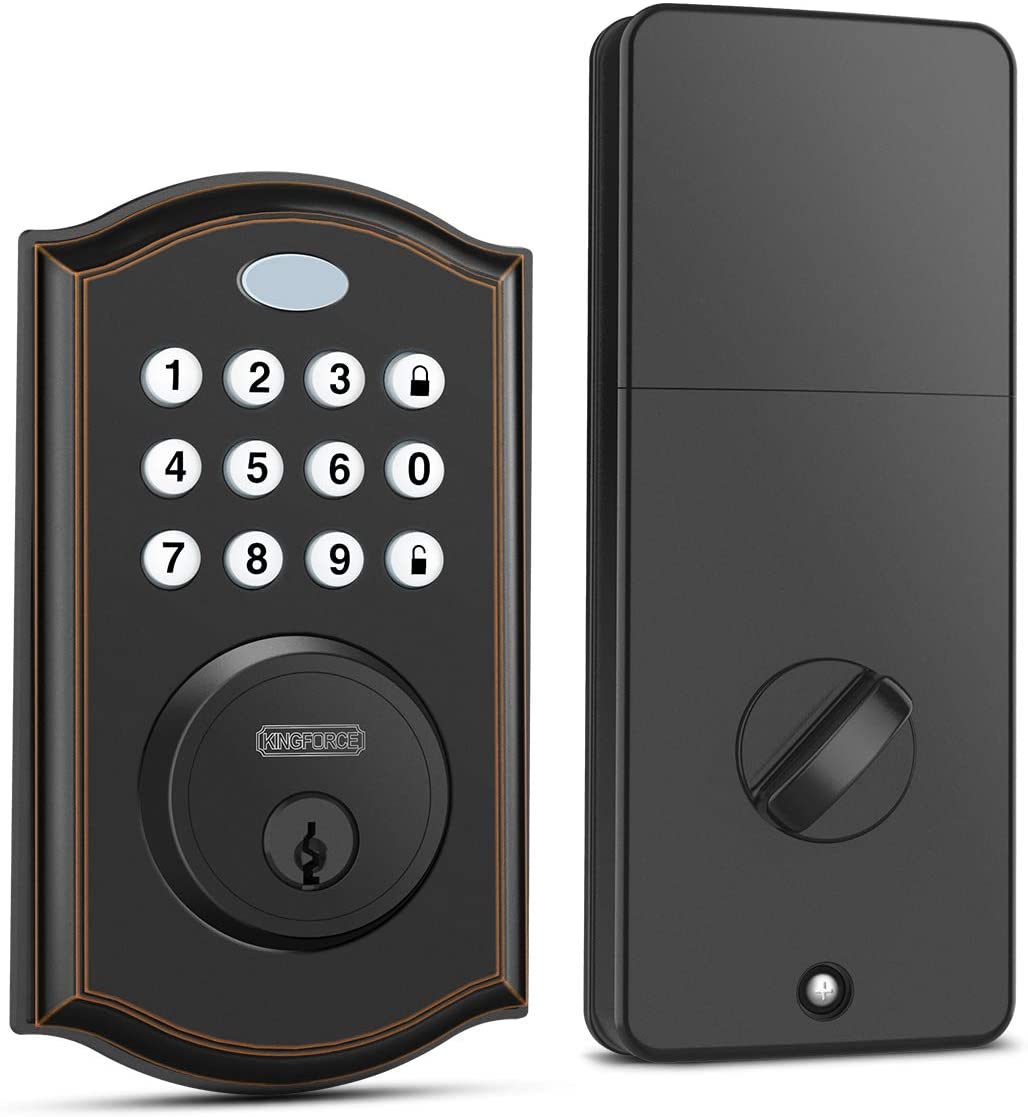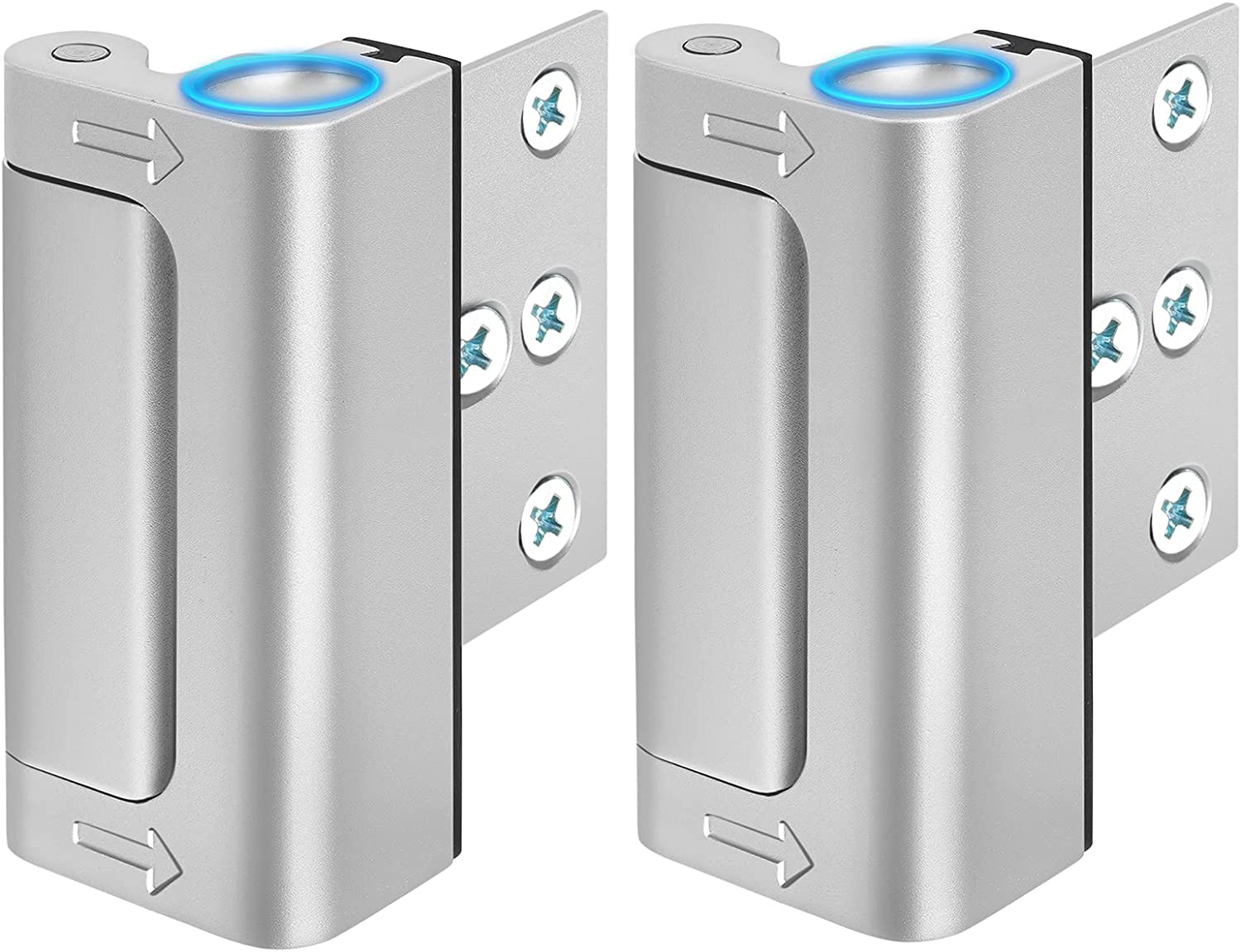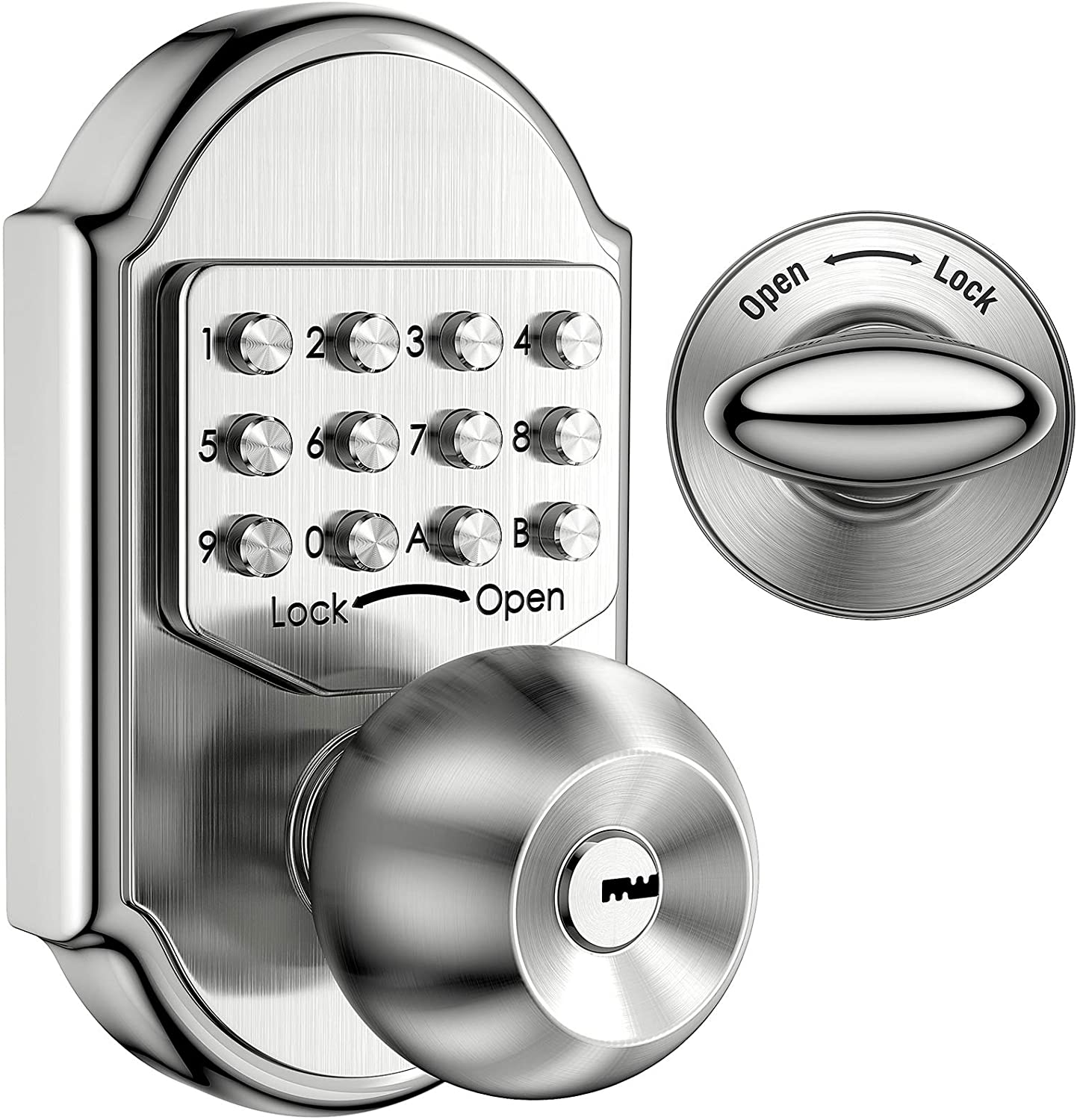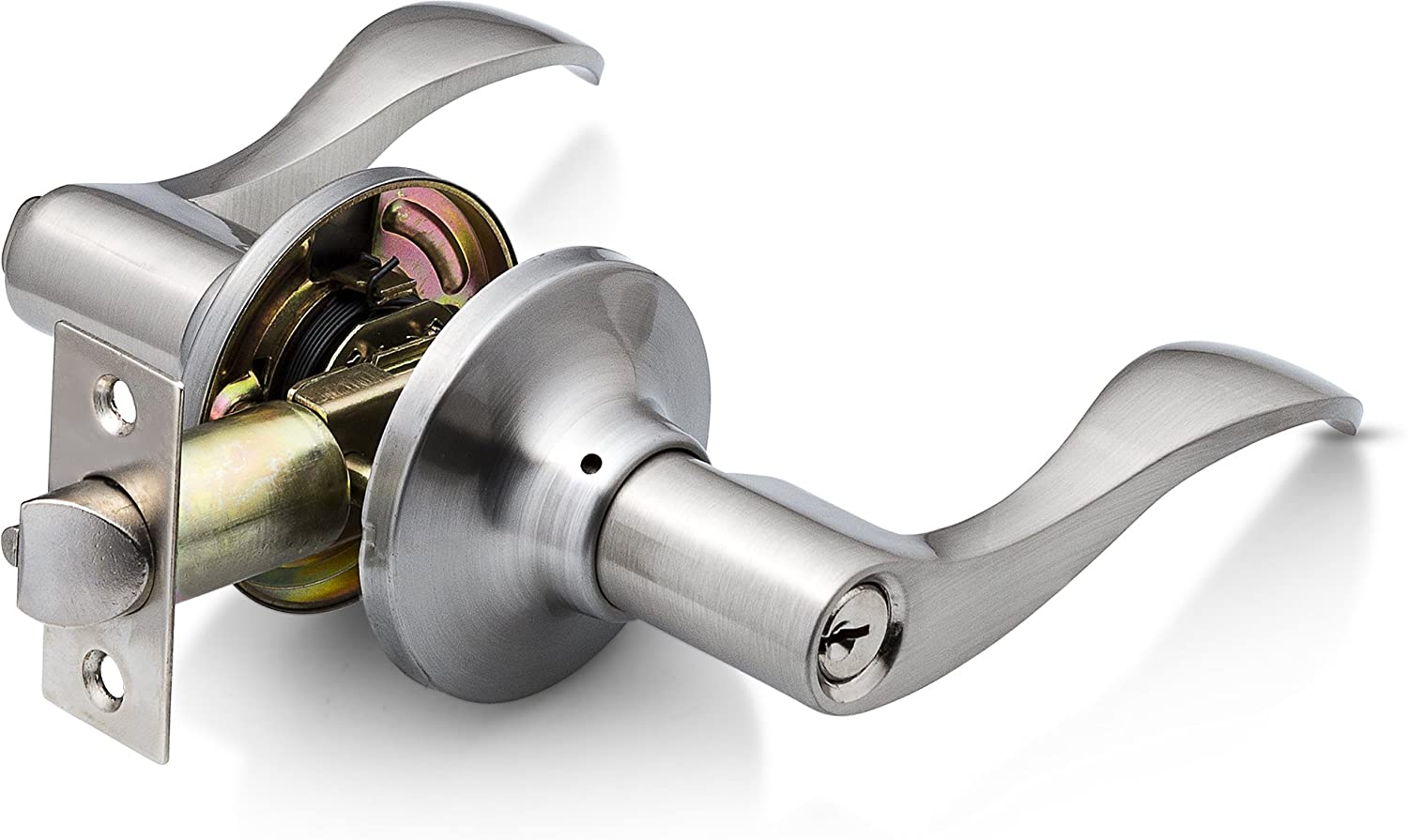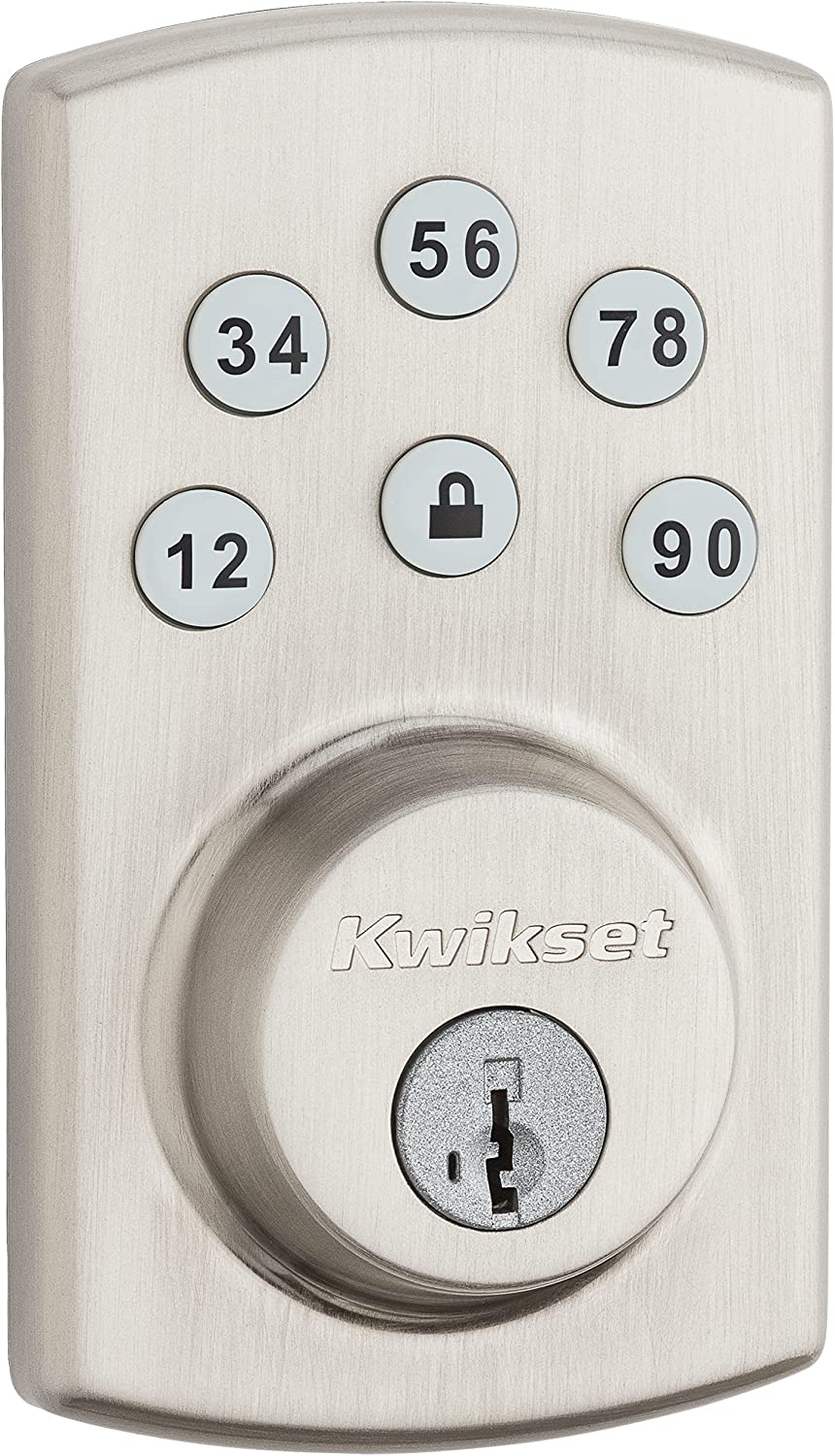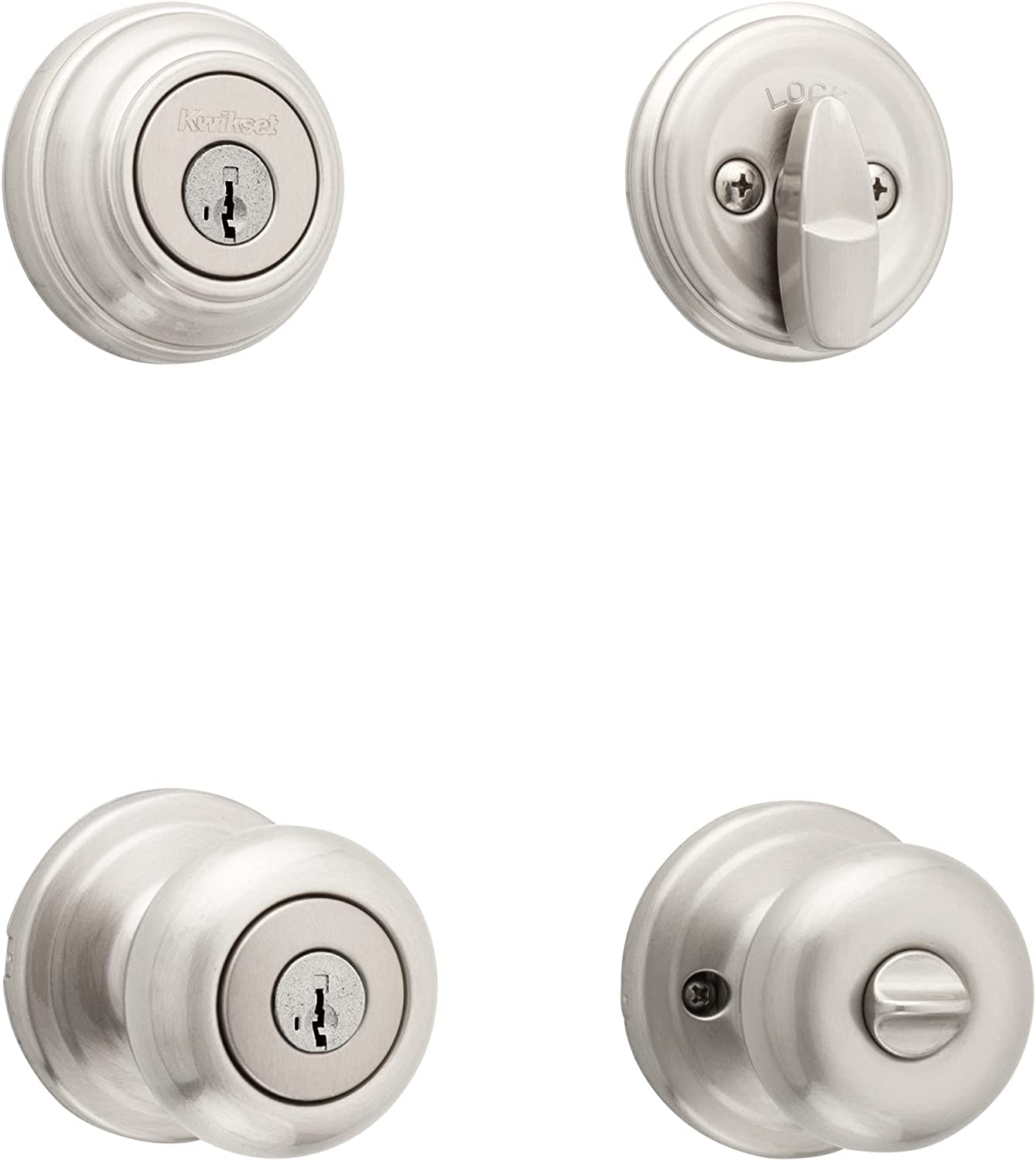The package includes all of the elements needed to get fully set up easily. This includes the 9-volt battery that is needed for it to operate. Full instructions are also supplied, so there is no need to have to guess at what needs done for each step that you take.
The main material used to produce this Camelot keypad is wholly a metal and it also comes with a flex lock style.
For your convenience, this door lock can quickly add or delete user codes at the keypad using the lock’s unique six digit programming code.
It’s quite easy to install this particular lock. There are not any complex wiring screws.
The lock is quite easy to use and does not require any programming.
It is pre-set with two specific user codes so you can use it just after getting it out of the box.
Another interesting thing about the lock are the different ways in which you can use it. If you have a family member or colleague who doesn’t want to bother with memorizing four-digit lock codes, there’s your garden variety keyhole that opens the door just as well that opens up by using one of the two provided keys.
What makes this excellent product to sell well on the market are the features that come with it. Just to mention for your sake of choice, the product comes with a reversible lever that makes it suitable for doors with the right hand or open hand.
It also has a low battery indicator as well as a back-lit keypad. The backlit keyboard allows you to have excellent visibility even at night.
This Schlage digital door lock can be used as both right handed and a left handed lock and comes with a keypad and a regular key. This lock features what is called a flex lock which can be set to lock itself automatically after five minutes or remain unlocked until you lock it yourself.
This battery-powered keypad lock is stylish, easy to install and extremely simple to use, with no wiring required.
One advantage of this model is the fact that the 9V battery is housed on the interior side of the door lock—keeping it out of extreme temperatures that can drain battery life.
The Schlage Camelot FE595V comes preprogrammed with two access codes for immediate use, and you can add an additional 17, as needed. It gives you the flexibility to have it automatically lock itself when closed or set it up to require a manual action.
We picked this Schlage Camelot Keypad Entry as the best door lever with a keypad because of its value and simplicity. With this lever, you can use it right away after it’s installed without having to learn all the intricacies of programming it first. We like the option of choosing either the flex or auto-lock products.
It can be used for doors that are both left hand open or right hand open due to the reversible lever. As a matter of fact, this door lock is easily installed because it doesn’t need any wiring done.
This incredible Schlage FE595VCAM619ACC Camelot Keypad Entry locking system has five lock parts. The manual includes a description and explanation of each element found in the locking system.

